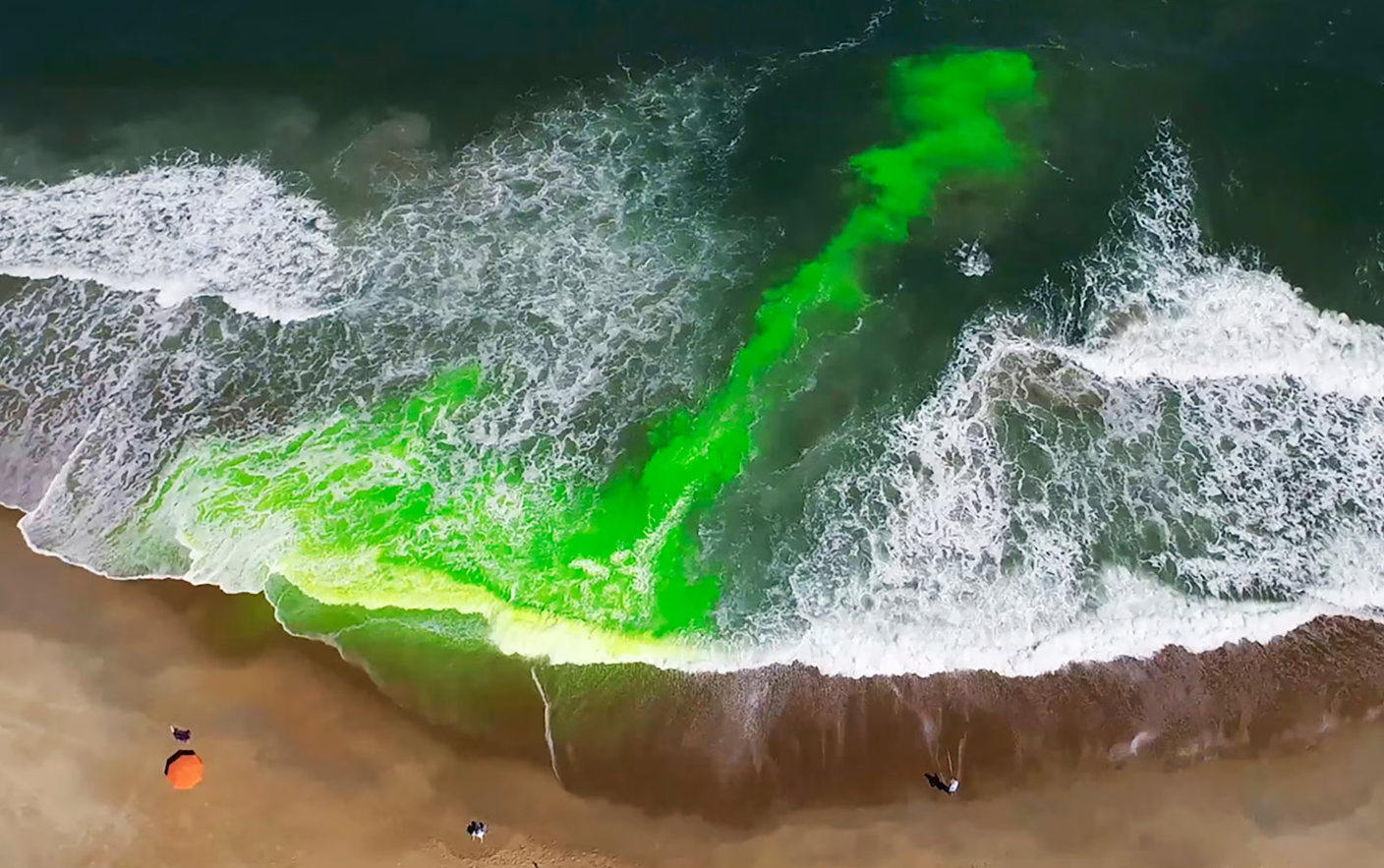You might worry about sharks, stingrays, or jellyfish when you’re at the beach but there’s something more dangerous on shores around the world—rip currents.
Rips do not pull you under the waves, they drag you further out to sea. When people panic and exhaust themselves trying to struggle against the current, they can drown.
Over 80 percent of lifeguard rescues in the United States, and 60 percent of Royal National Lifeboat Institution lifeguard incidents in the United Kingdom, are related to rip currents, partly because they are so difficult to spot. In June, five tourists drowned in four days off one Florida beach after getting caught in a rip current.

To protect yourself, here’s some clues to look out for and what to do if you get into trouble.
What is a rip current?
Rip currents are strong channels of water flowing away from the beach that typically form at breaks in the sand bar. They are caused by waves approaching the coastline straight on with nowhere to go.
“The water isn’t escaping to the left or the right, it’s piling up,” says Simon Boxall, teaching fellow at the University of Southampton’s National Oceanography Centre. “It has to escape somewhere and it escapes through a rip current.”
Rip currents can occur in any body of water with waves, including the Great Lakes, but are common at “classic” beaches that slope gently out to sea. “The wave gets refracted—it gets bent around—and the shallower the slope is towards the beach, the more parallel the wave becomes,” he says—meaning there’s a greater chance of a rip current.
Boomerang Beach in Australia, Panama City Beach in Florida, and Lamu Island in Kenyaare all known for their strong rip currents, but you shouldn’t get complacent as they can happen at any beach with waves.
How to spot a rip current
The telltale signs of rip currents can include paths of darker water between white water, a break in the waves, or a channel of foam or sandy water moving offshore.
“If you see a dark gap heading offshore through the surf that is persistent in time and space, that’s probably a rip current,” says Rob Brander of the UNSW Beach Safety Research Group in Sydney, Australia, who goes by “Dr. Rip.”
To look for them, scan the beach for a few minutes from the side or higher up, such as on a sand dune. “It’s always harder to spot rip currents from the shoreline,” says Brander. “Don’t just glance.”
Rip currents are notoriously difficult to see, even for experts, and can change in minutes. “I’ve been surfing for 30 years,” says Chris Cousens, water safety lead at the RNLI in Wales. “When I go to new locations, I can’t always immediately spot rip currents.”

